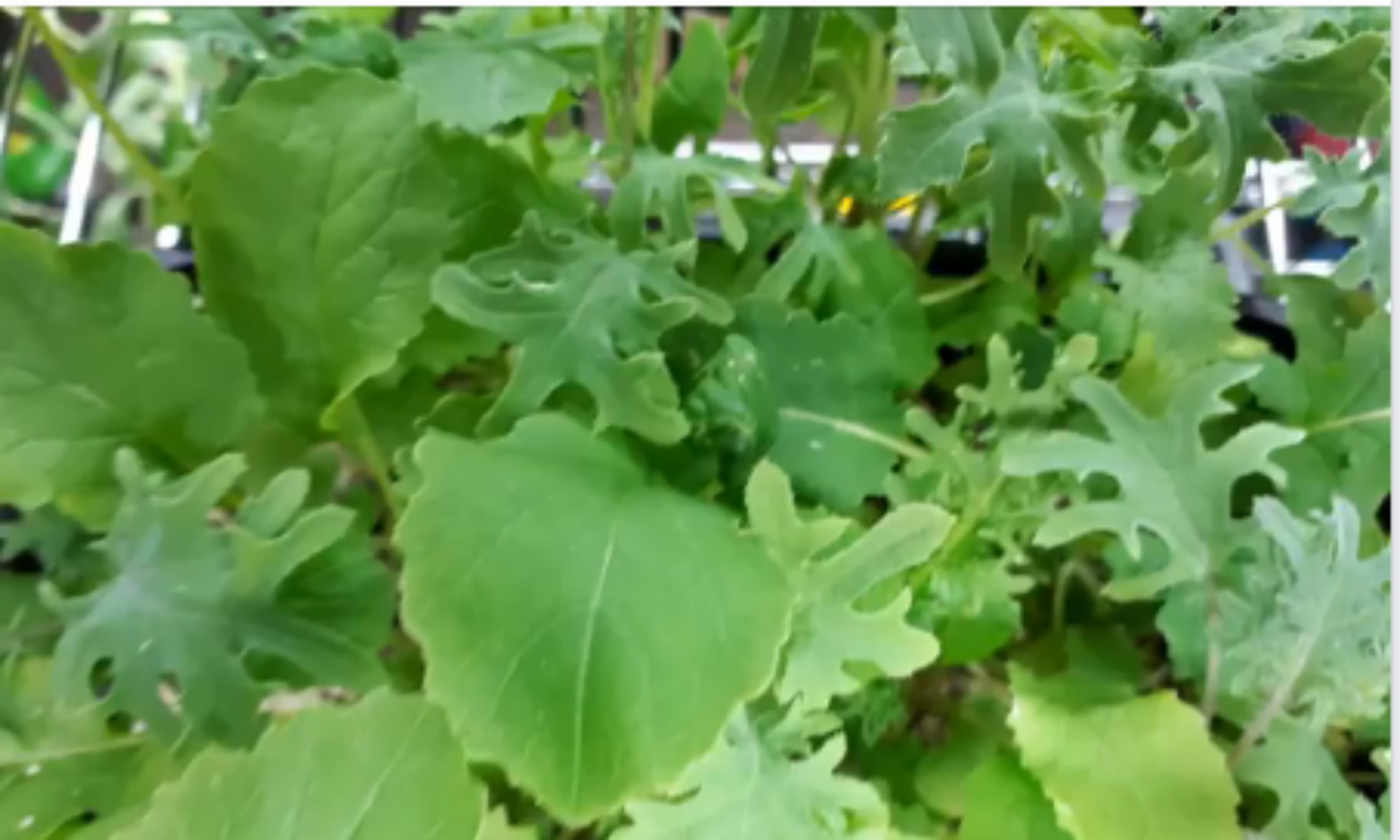Ingredients:
- 1 lb. Yukon Gold potatoes
- 3/4 cup flour
- 1 egg
- 1 tsp salt
- 3 lg tomatoes
- 1 egg
- 1 white onion
- 1 lg clove garlic
- 2 tbsp fresh oregano
- 1/4 cup white wine
- 1/4 cup milk
- 1 tbsp butter
- 2 tbsp veg oil
- Salt & pepper to taste
- Grated cheese
Method:
Gnocchi:
-
Cook the Yukon Gold potatoes, skins on, either by steaming or gently in microwave.
-
Set the potatoes aside to cool, skins on.
-
Peel and gently crumble the potatoes with a fork. Resist the temptation to get out the masher.

-
In a separate bowl combine salt and flour.
-
With fork, beat egg and gently combine with potatoes.
-
Sprinkle the flour mixture over the potato mixture. You can mound the potato and flour on a working surface and add the egg to that, but I find it easier to mix it in a bowl.
-
Using your fingers of one hand gently swirl around to combine flour and potato. The mixture will come together to form a light ball. Still with one hand gather all the bits and with a few gentle turns, knead the mixture.
-
Divide dough into 4 sections. Cover bowl and set aside.
-
Bring a pot of water to gentle boil.
- While you are waiting for the water to boil start the sauce.
-
Flour a work surface lightly.
-
Roll each of the sections into a long rope, roughly 3/4″ thick.
-
Slice rope into pieces 3/4″ long.
-
Boil all the gnocchi from each rope section separately.
-
As soon as the gnocchi float they are cooked.
-
Lift with a slotted spoon and set aside.
-
Finely dice onion and mince garlic.

-
Remove the seeds from the tomatoes. I used basic beefsteak tomatoes because that’s what I happened to have. Ideally plum tomatoes, such as Roma, are best for pasta sauces.
-
Stem and mince fresh oregano.
-
Pulse the tomatoes in a food processor, adding the oregano leaves i
-
n the last few seconds. Do not puree.
-
Heat a saute pan on fairly high heat and add the prepared onion and garlic.
-
As the onion starts to brown lightly, reduce the heat to medium.
-
When the onion and garlic are tender add the tomato mixture. Then add the wine, butter, and milk.
-
Simmer until sauce reduces. Salt and pepper to taste.
-
Add the gnocchi to the tomato sauce. Toss and serve immediately topped with grated cheese.






